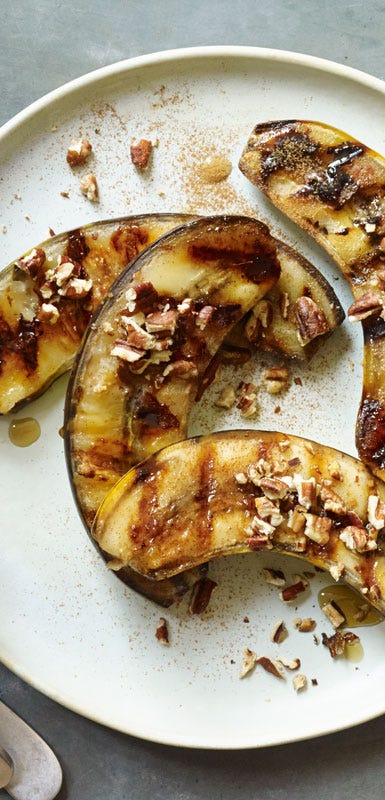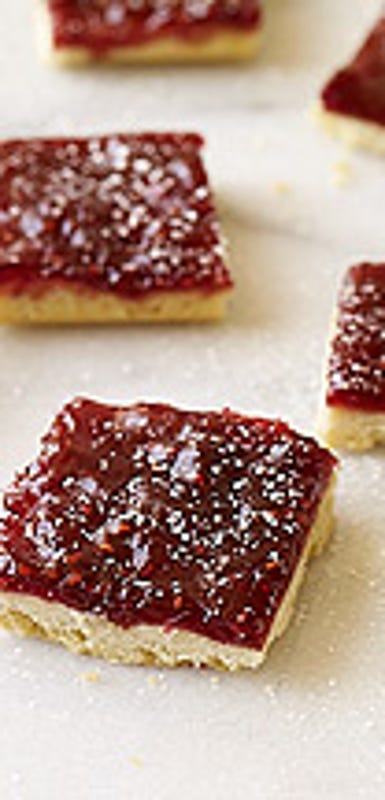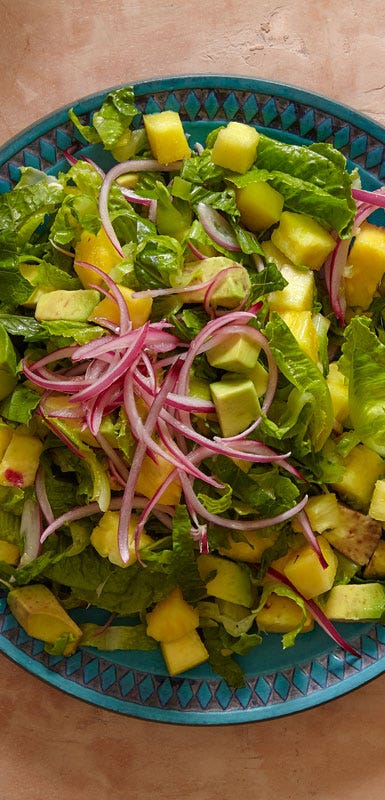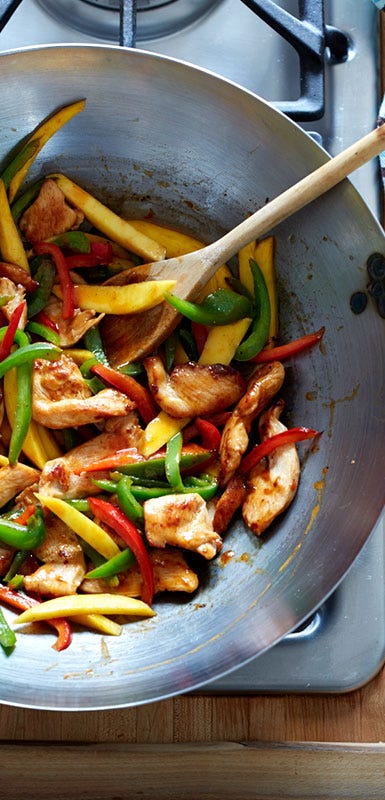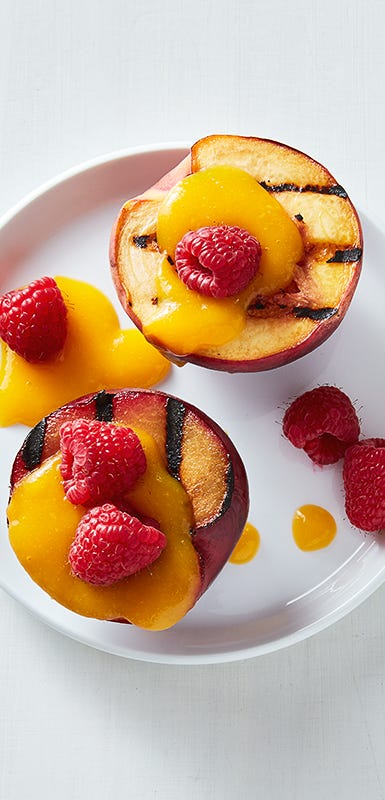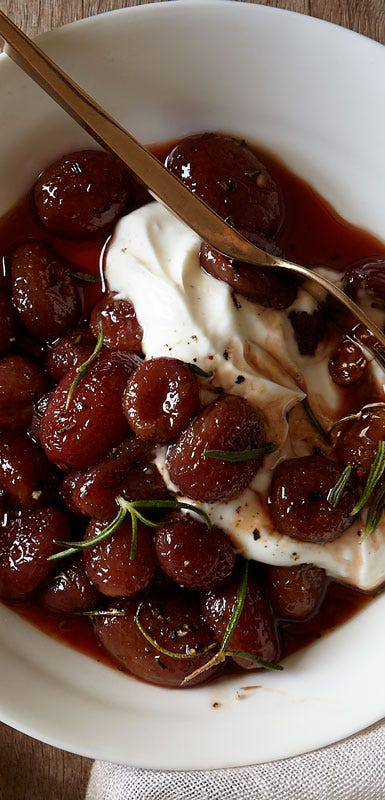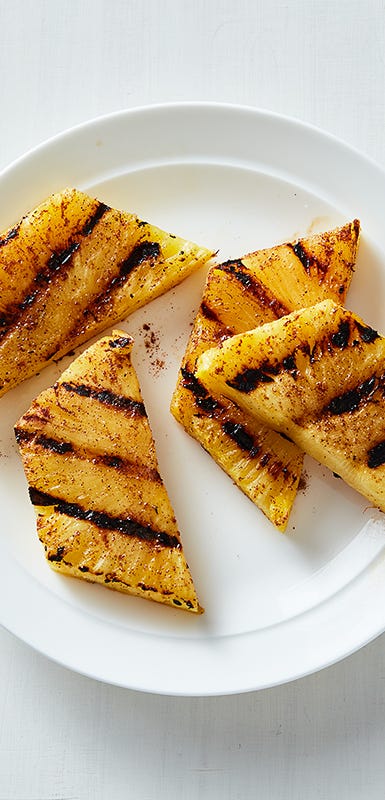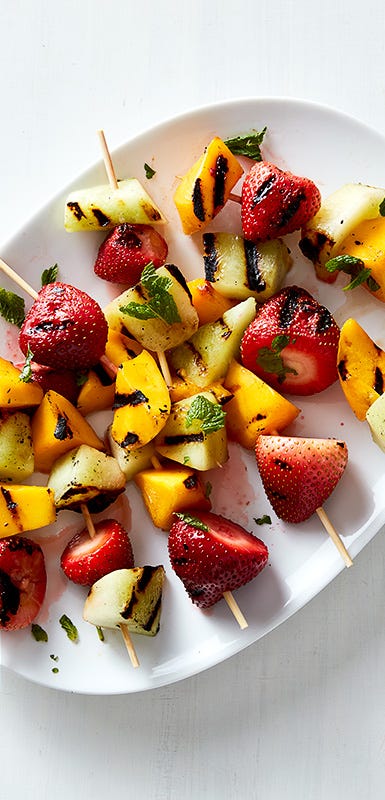3 Ways to Enjoy Fruit During Winter
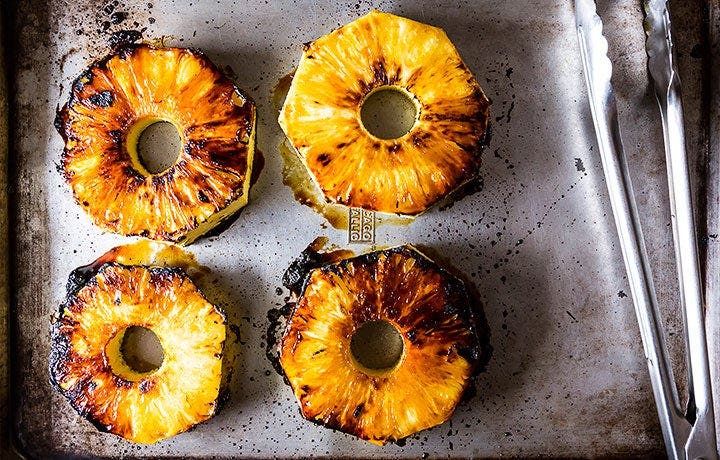
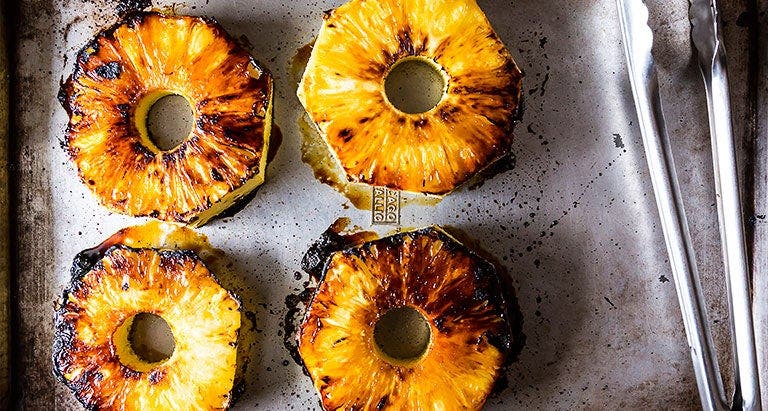
There are times when fresh fruit choices are limited—whether you’re in an area where it is difficult to find, or it’s a cold season. Sure, oranges, mandarins, and grapefruits are usually available. But even those start to run thin at the end of January.
Don’t despair! We’ve got three tips for enjoying fruit when outside forces are working against you.
1. Frozen berries are often tastier than fresh.
Berries and cherries bound for the freezer section must be in top form right from the get-go. There’s no time to ripen during storage. Many are flash-frozen in the field. And what’s even better, frozen berries are often more economical than their fresh counterparts.
Note, we’re talking about berries (and cherries), not all fruit. Frozen peaches and apricots, for example, are usually picked while they’re still firm. When they’re juicy and ripe, they’re too soft and fragile to peel and process for the freezer.
2. Tropical fruit has no season.
Pineapples, mangos, and bananas are growing all year long in the Caribbean! Here’s how to pick out the best.
- Pineapples: They should smell fragrant and sweet. You can’t go by color alone, although the search for a pinkish hue in the lower sections of the fruit is a good way to start working your way through the bin before you apply the nose test. In the end, a pineapple that doesn’t smell wonderful isn’t going to taste wonderful.
-
Mangoes: Treat them as you would pineapples: Go for the ones with the sweet, irresistible aroma. The best should also have a little give to the skin, rather than being rock hard.
- Bananas: Ripe bananas are all about the spots! A flavorful one has no green on the peel and even a fair amount of brown freckles across its skin. Once a banana is at its peak, store it in the fridge. The peel will blacken but the fruit inside will stay sweet and ripe for several more days.
3. Heat can intensify the flavor of less-than-perfect fruit.
A hot skillet or grill pan will caramelize whatever sugars are in a piece of imperfect fruit to give it a more complex flavor.
For instance:
- Winter peaches or apricots become amazingly flavorful in a quick pan sauté with pork chops or chicken breasts.
-
Less-than-perfect strawberries soften and become tasty in slow-cooker overnight oatmeal or porridge.
-
Use a grill pan to soften nectarines or plums, which can then be added to fresh salsas and flavor almost anything roasted or grilled.
-
For a dessert treat, consider broiling or even grilling halved or quartered pears or apples, then serving them with a little shaved Parmigiano-Reggiano.
-
Even underripe bananas can be dramatically improved when they’re peeled and baked with a little sugar-free jam and a sprinkle of cinnamon.
-
And one more thing: Don’t forget grapes! They’re available all year long. Sliced, seedless grapes are a perfect addition to wraps. And they make a pretty fine dessert after almost any meal.

